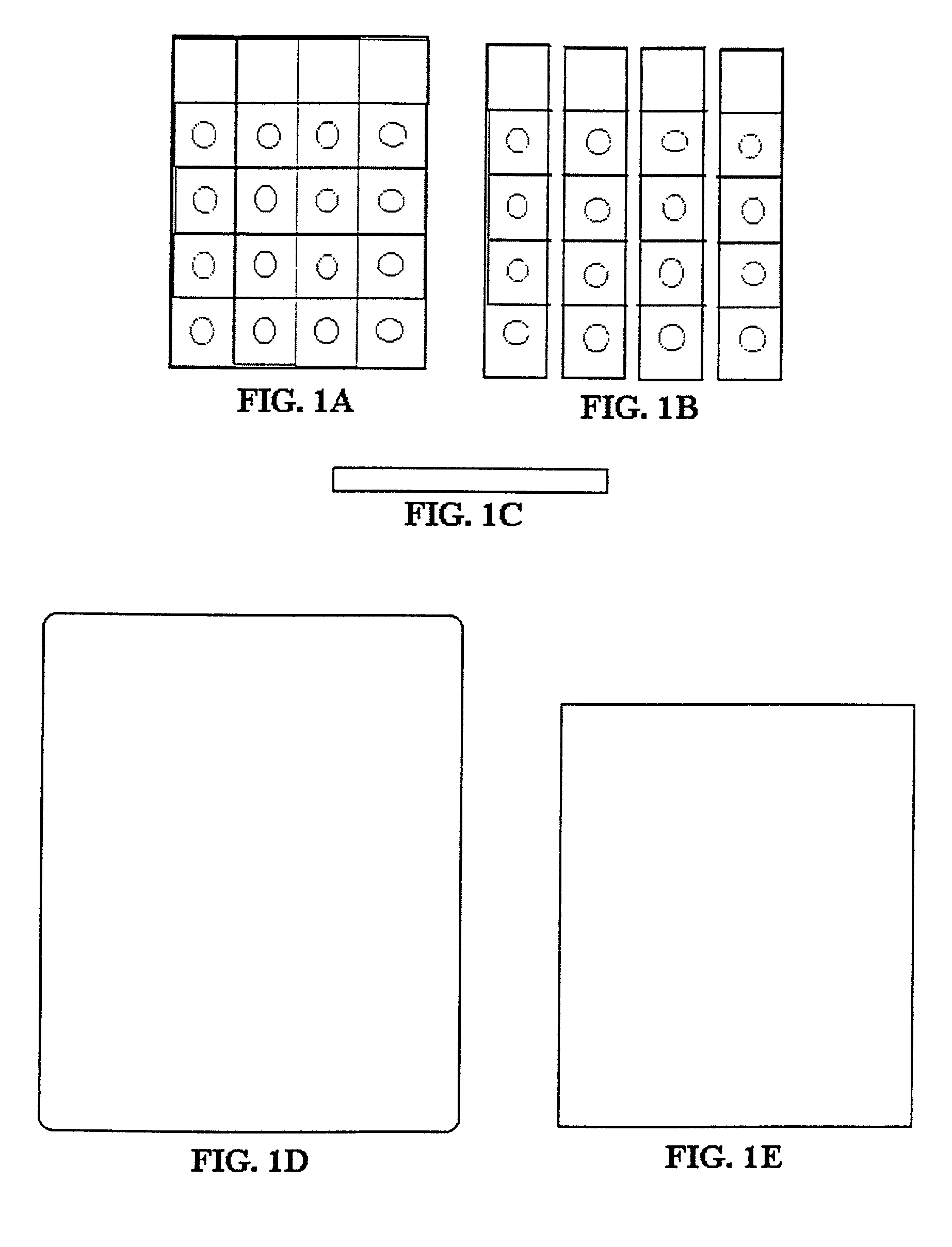Highly cost-effective analytical device for performing immunoassays with ultra high sensitivity
an analytical device and ultra-high sensitivity technology, applied in the direction of instruments, biomass after-treatment, analysis using chemical indicators, etc., to achieve the effect of high cost efficiency, easy manufacturing and simple device construction
- Summary
- Abstract
- Description
- Claims
- Application Information
AI Technical Summary
Benefits of technology
Problems solved by technology
Method used
Image
Examples
example 1
Conventional Assay for Aflatoxin B1 Using Present Invention
[0094]A. Antibody to Aflatoxin B1. The immunogen, aflatoxin B1-O-Carboxymethyloxime-BSA conjugate was prepared according to a standard method using stoichiometry of 20:1 aflatoxin B1 derivative:protein. The immunogen was injected into rabbits together with Freund's adjuvant and a highly specific antiserum was obtained. The gamma globulin fraction of this antiserum was purified by repeated precipitation with ammonium sulfate followed by dialysis against phosphate buffer saline. It was than passed through a BSA-Sepharose 4B immunosorbent column to remove anti-BSA antibody.[0095]B. Test Device Preparation. Schleicher & Schuell nitrocellulose membrane having pore size of 0.45 micron is cut to a rectangular piece (14 mm. times. 70 mm) and marked with pencil 14×14 mm (FIG. 1A). The membrane can also be cut in strips (14×70 mm) and marked with pencil 14×14 mm (FIG. 1B). The membrane is then soaked in blotting buffer (Tris-HCl, 20 m...
example 2
[0104]The same procedures as Example 1(A), 1(B), 1(C), 1(D), 1(E), 1(F) is followed except that in 1(F) standard 50, 100 and 200 pg / 25 μl were used. Standard or samples is mixed in equal proportion with AFB1-HRP conjugate (1:500) and 25 μl was added over AFB1 antibody spotted area. The results obtained in this One-step method were almost similar to that of Two-step.
example 3
[0105]The same procedure as Example 2 is followed except that standard or samples is mixed in equal proportions with 1000-fold AFB1-HRP conjugate and 25 μl of each mixture were added twice over AFB1 antibody spotted area. The results obtained in this method were almost similar to those obtained in Examples 1 and 2.
PUM
| Property | Measurement | Unit |
|---|---|---|
| diameter | aaaaa | aaaaa |
| thickness | aaaaa | aaaaa |
| diameter | aaaaa | aaaaa |
Abstract
Description
Claims
Application Information
 Login to View More
Login to View More - R&D
- Intellectual Property
- Life Sciences
- Materials
- Tech Scout
- Unparalleled Data Quality
- Higher Quality Content
- 60% Fewer Hallucinations
Browse by: Latest US Patents, China's latest patents, Technical Efficacy Thesaurus, Application Domain, Technology Topic, Popular Technical Reports.
© 2025 PatSnap. All rights reserved.Legal|Privacy policy|Modern Slavery Act Transparency Statement|Sitemap|About US| Contact US: help@patsnap.com



